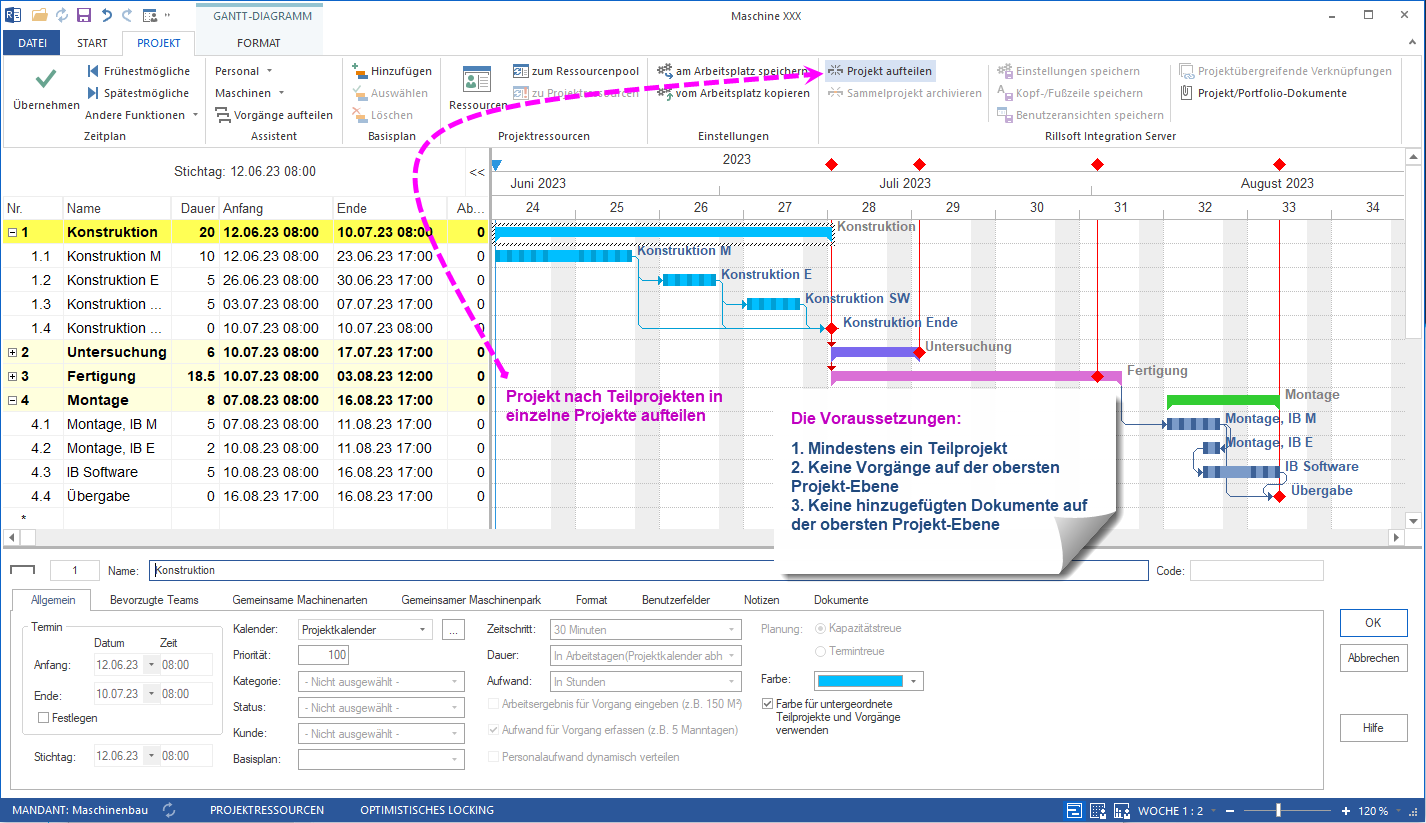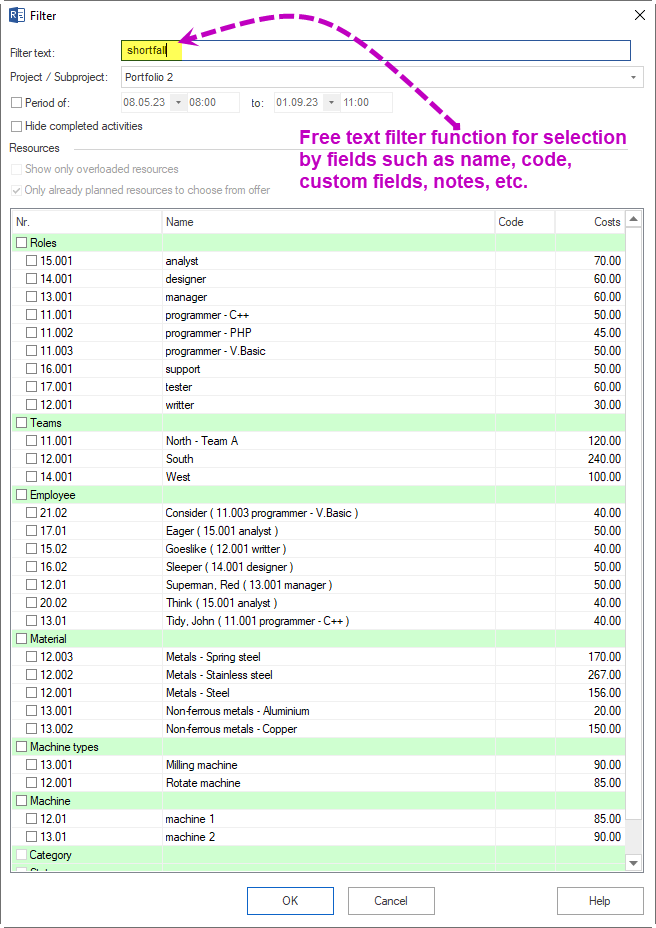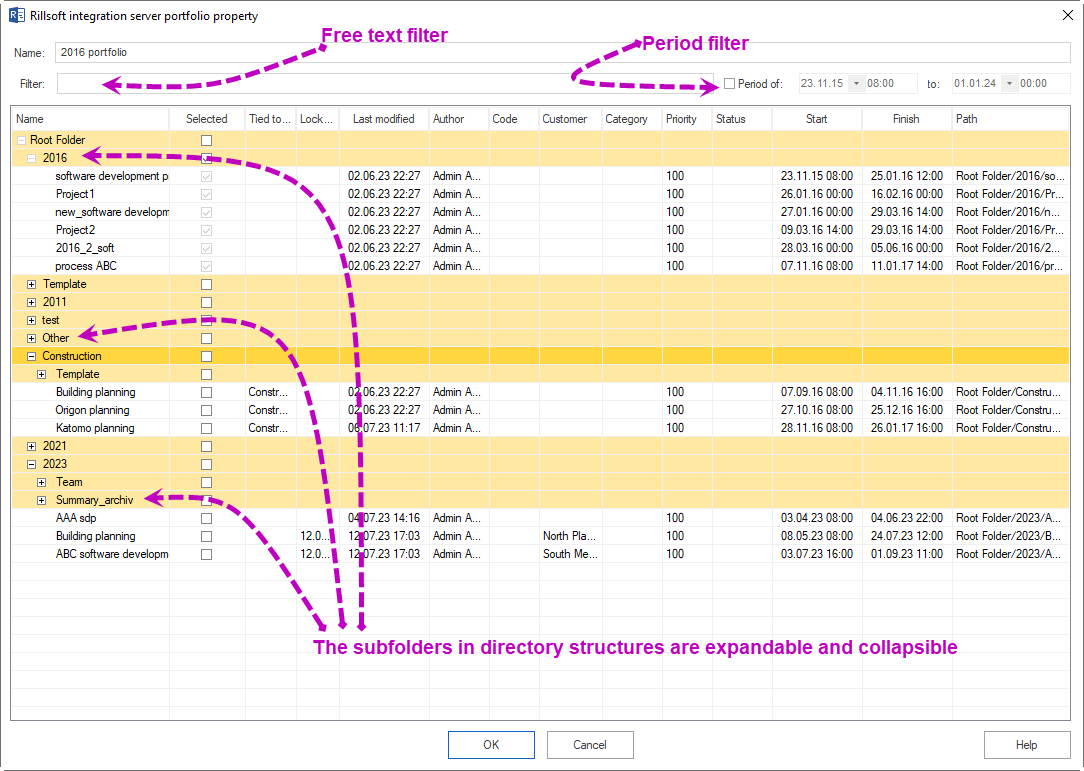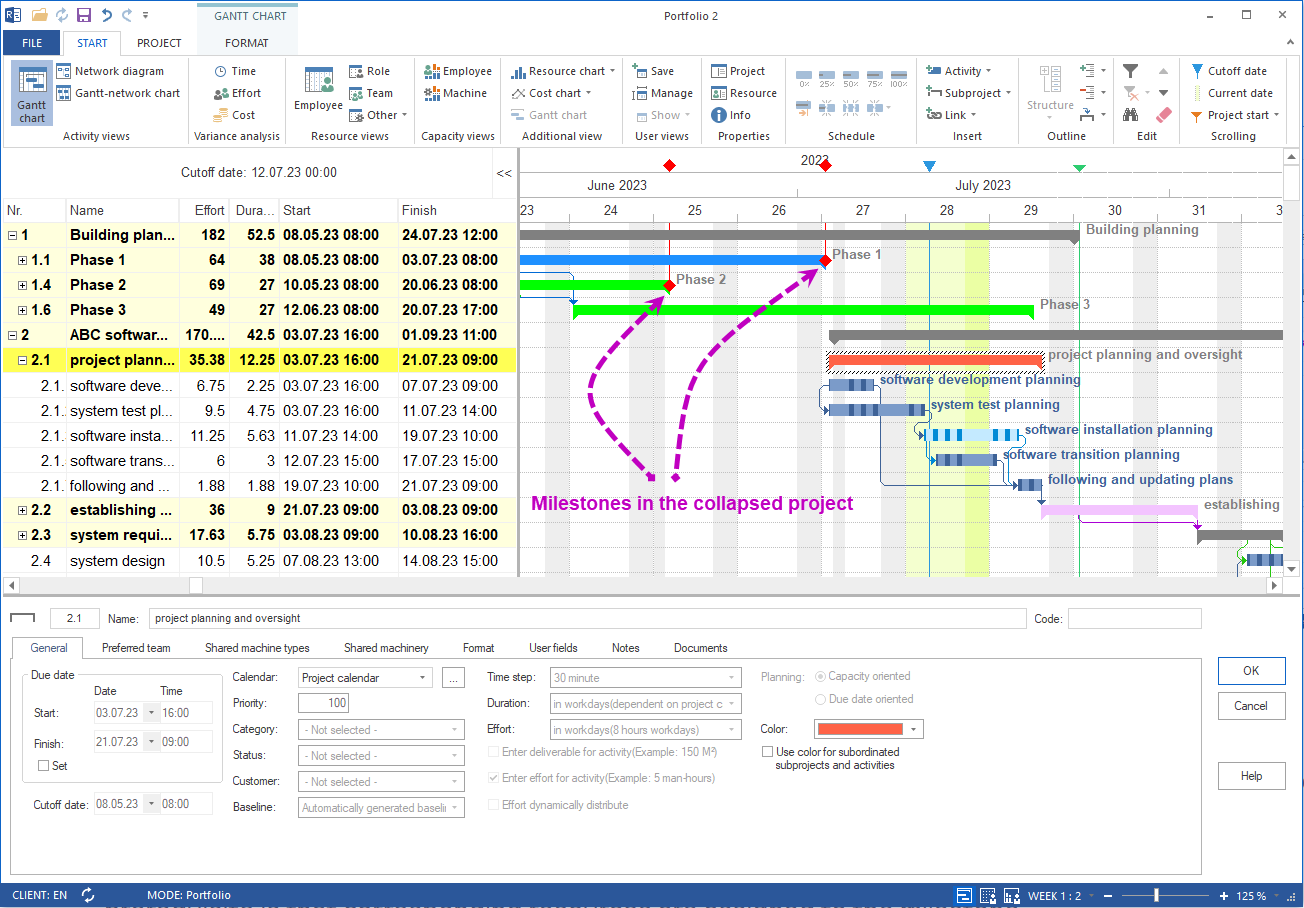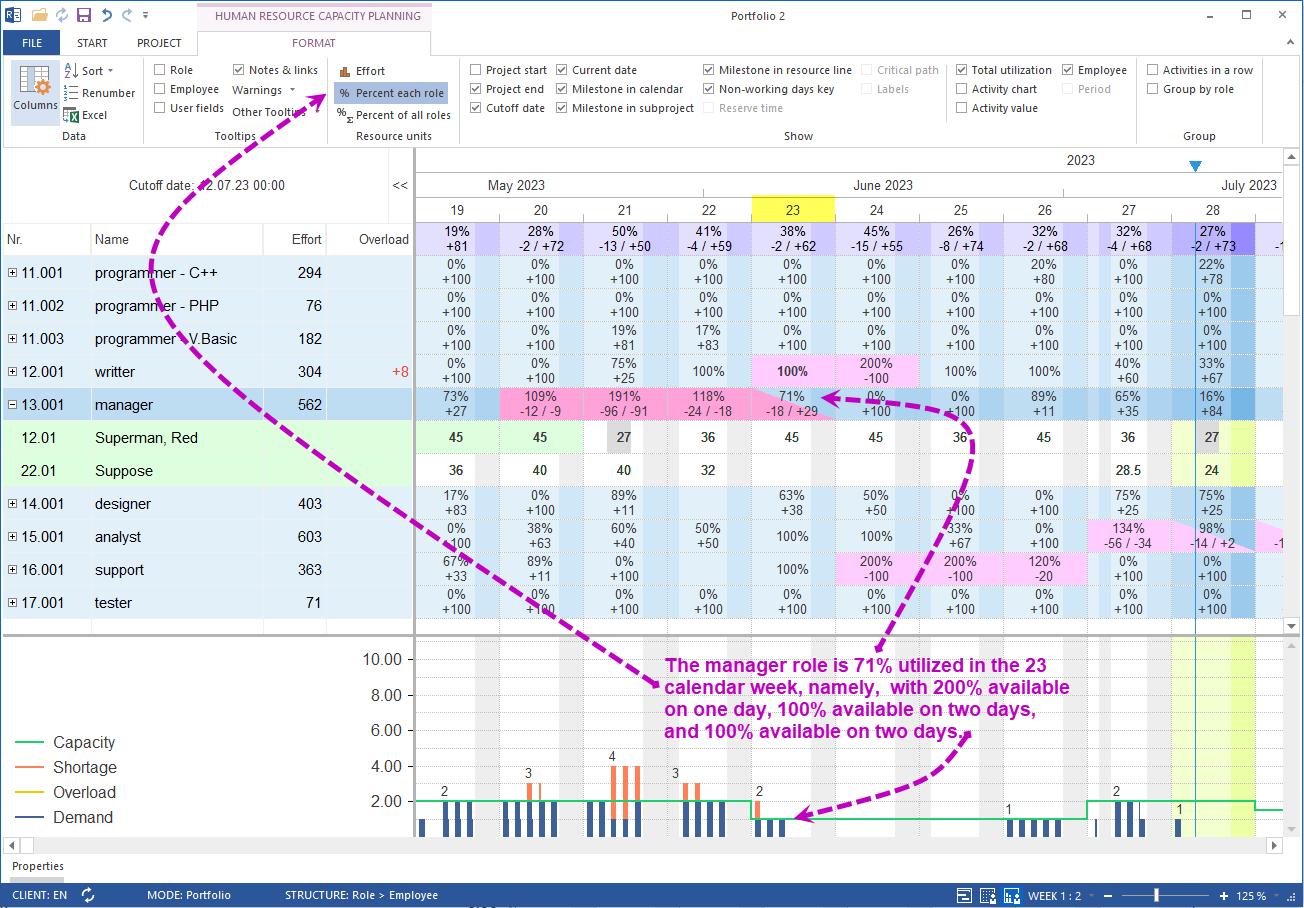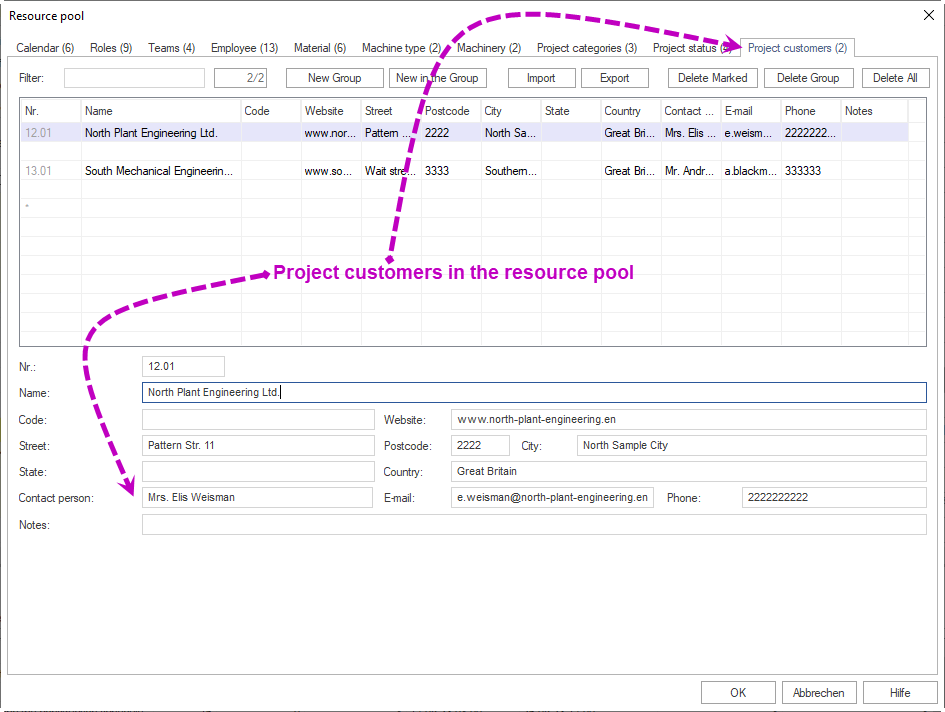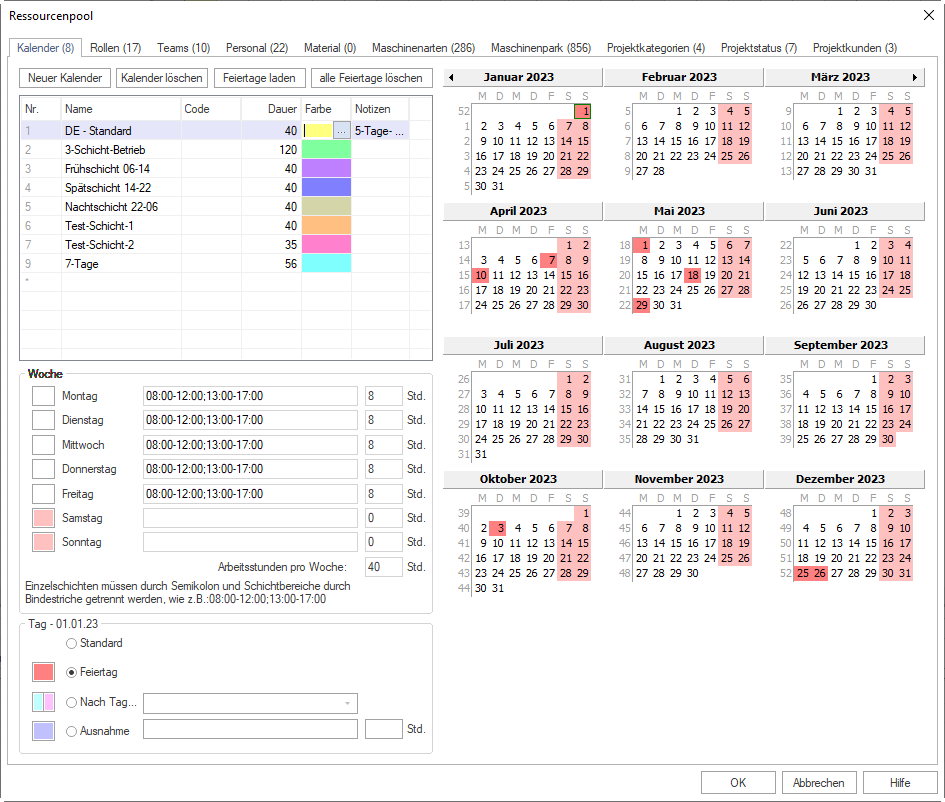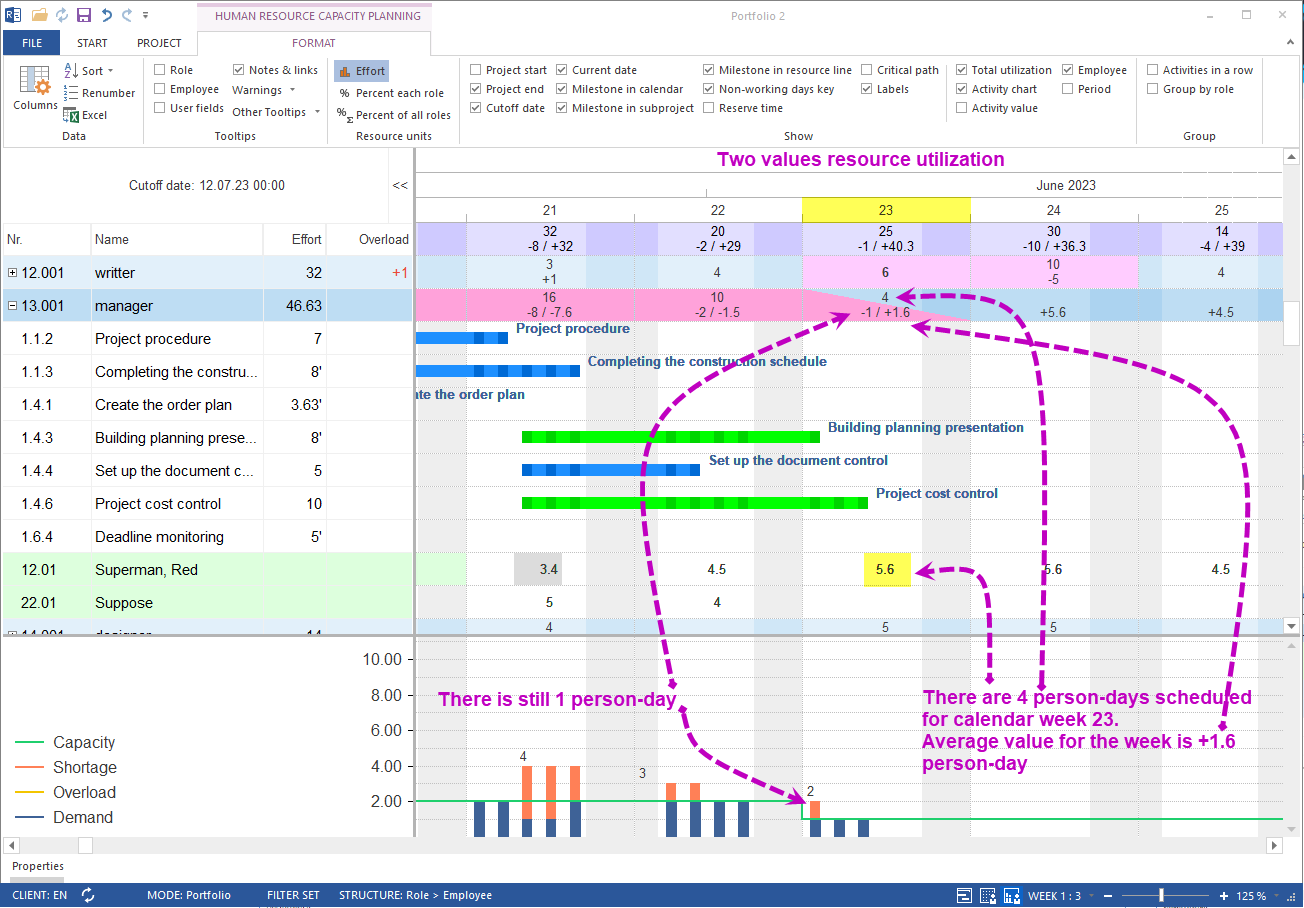Collective Project Multi-User Collaboration
Split Project into Individual Subprojects and Archive Collective Project Split Project This feature is only included with Rillsoft Project with Integration Server and Rillsoft Cloud. Split Project - Enables Multi-User Collaboration A project is divided into several projects based on its subprojects. Each subproject is saved as a separate project in a predefined directory. These saved projects are then added to a collective project. Requirements: There should be at least one subproject No tasks at the top project level No added documents should be present at the top project level Splitting a larger project into multiple separate projects and then adding these projects to a collective project can significantly enhance and improve collaboration among multiple users.

